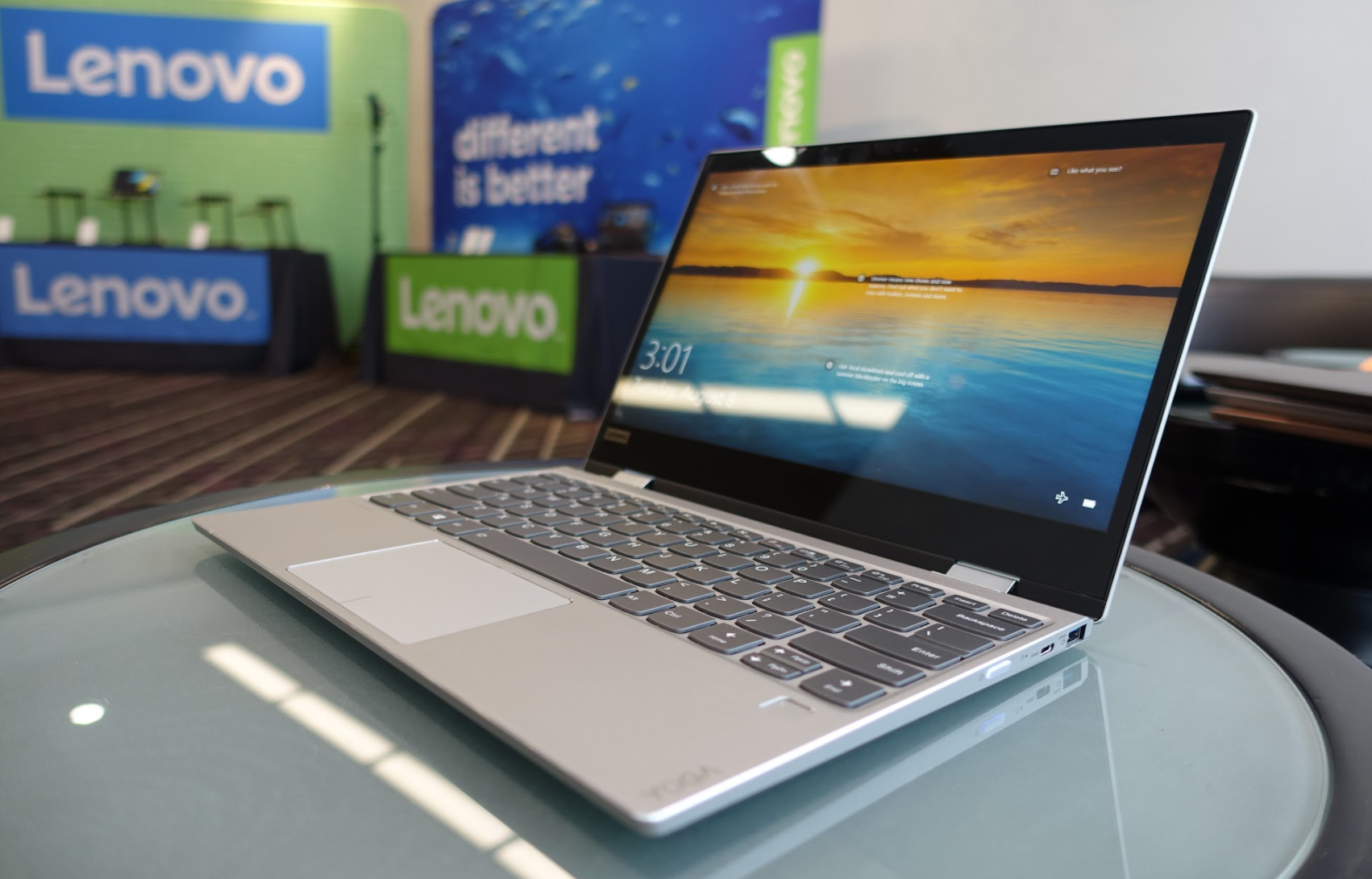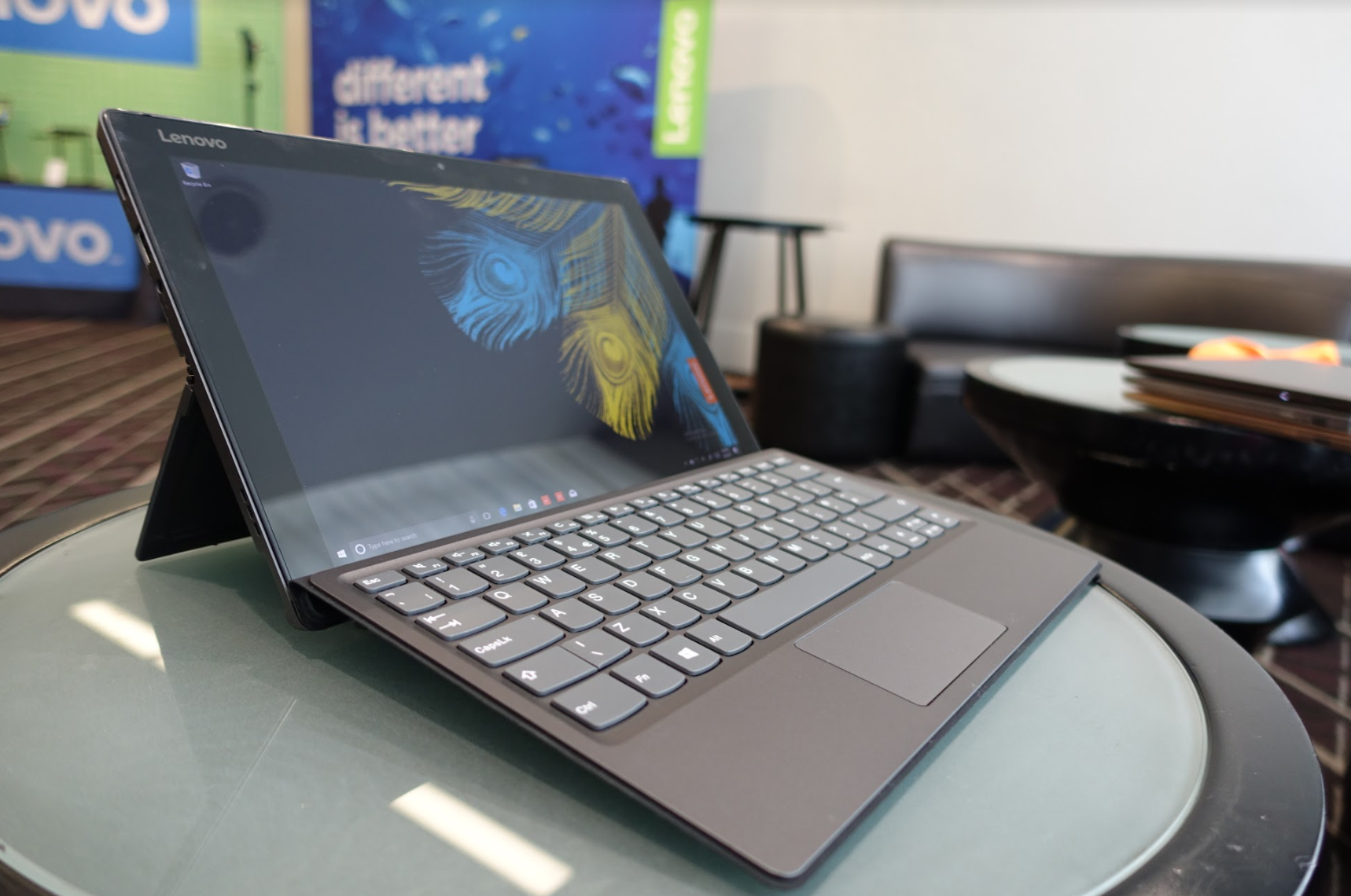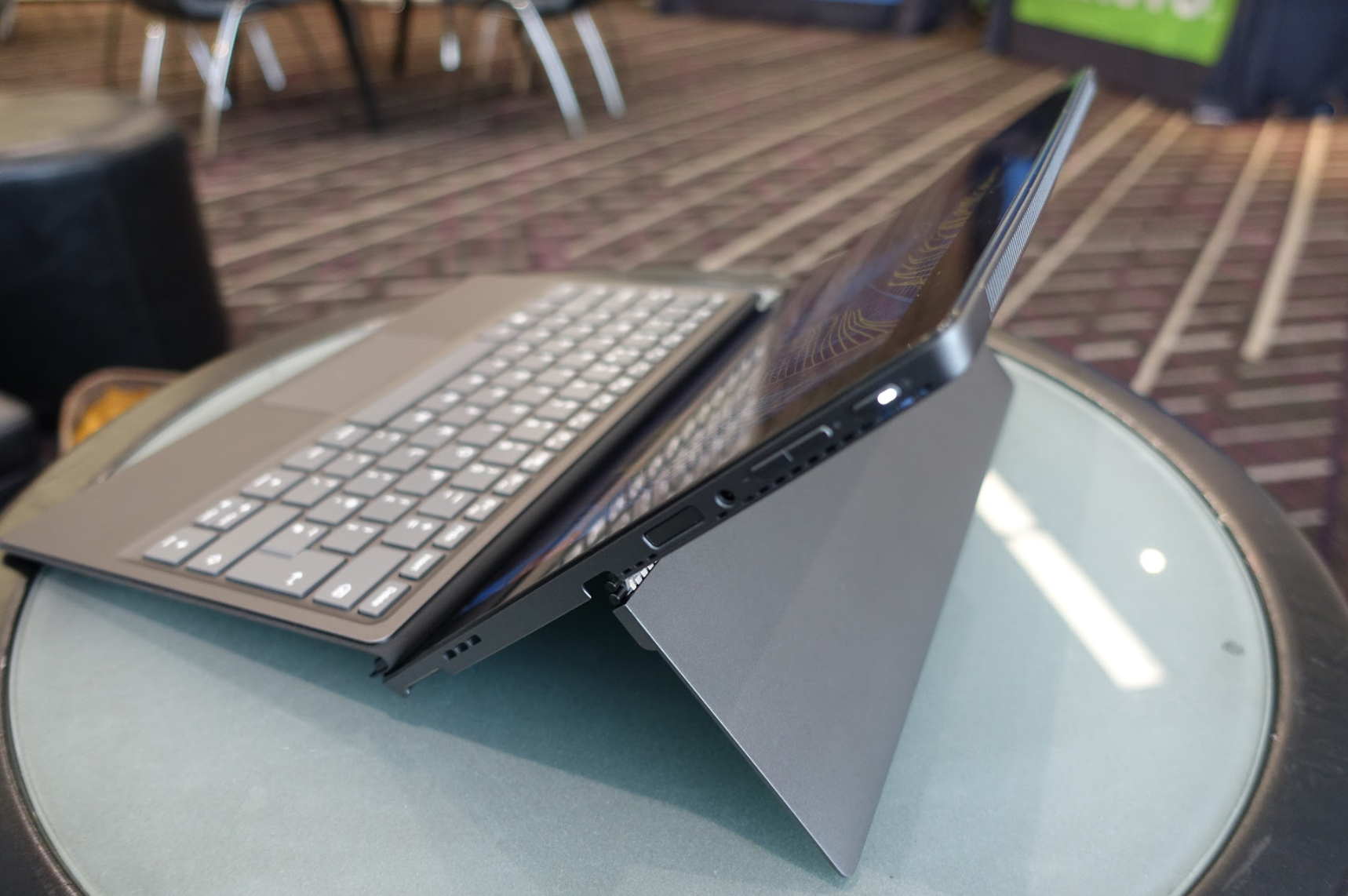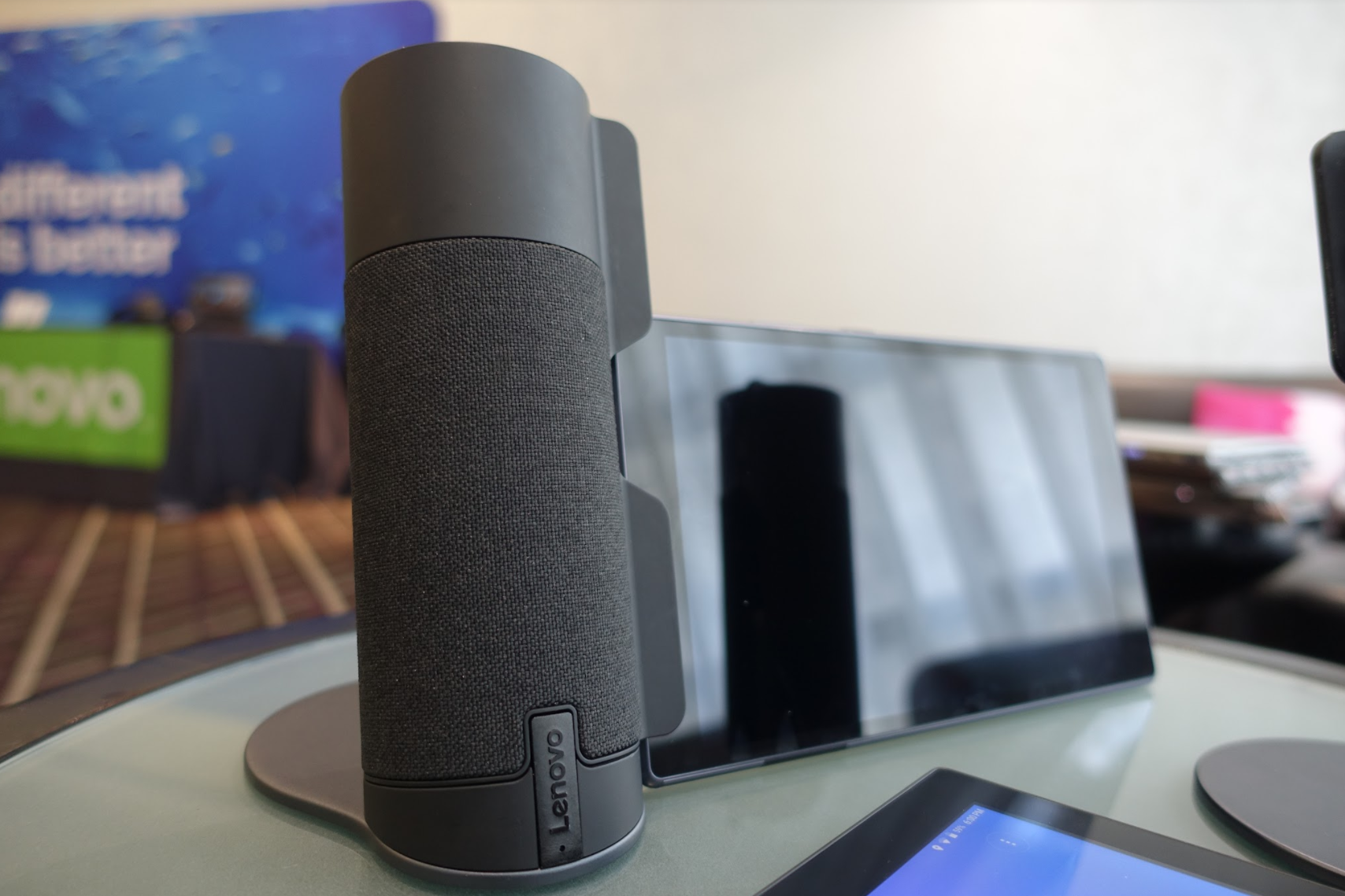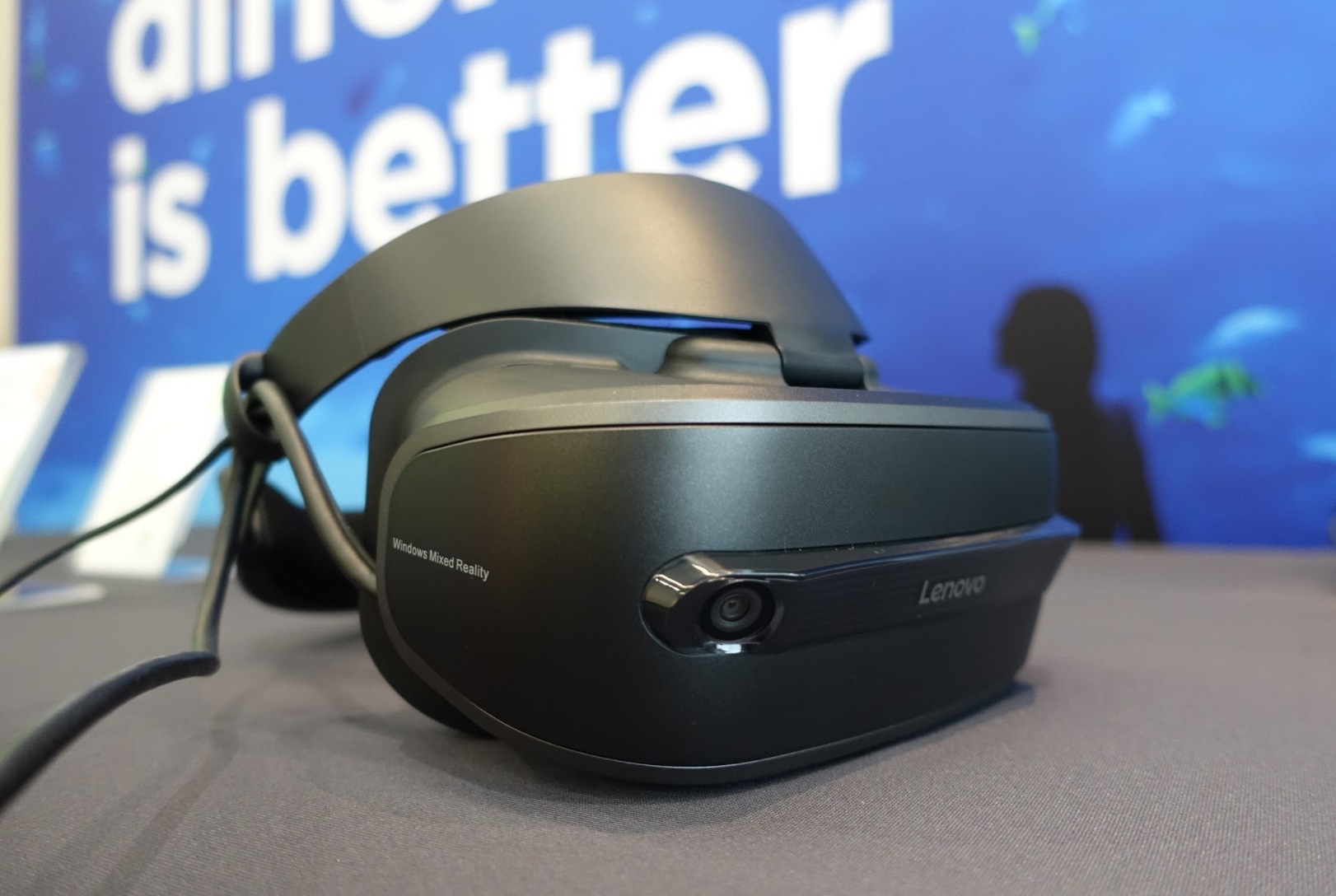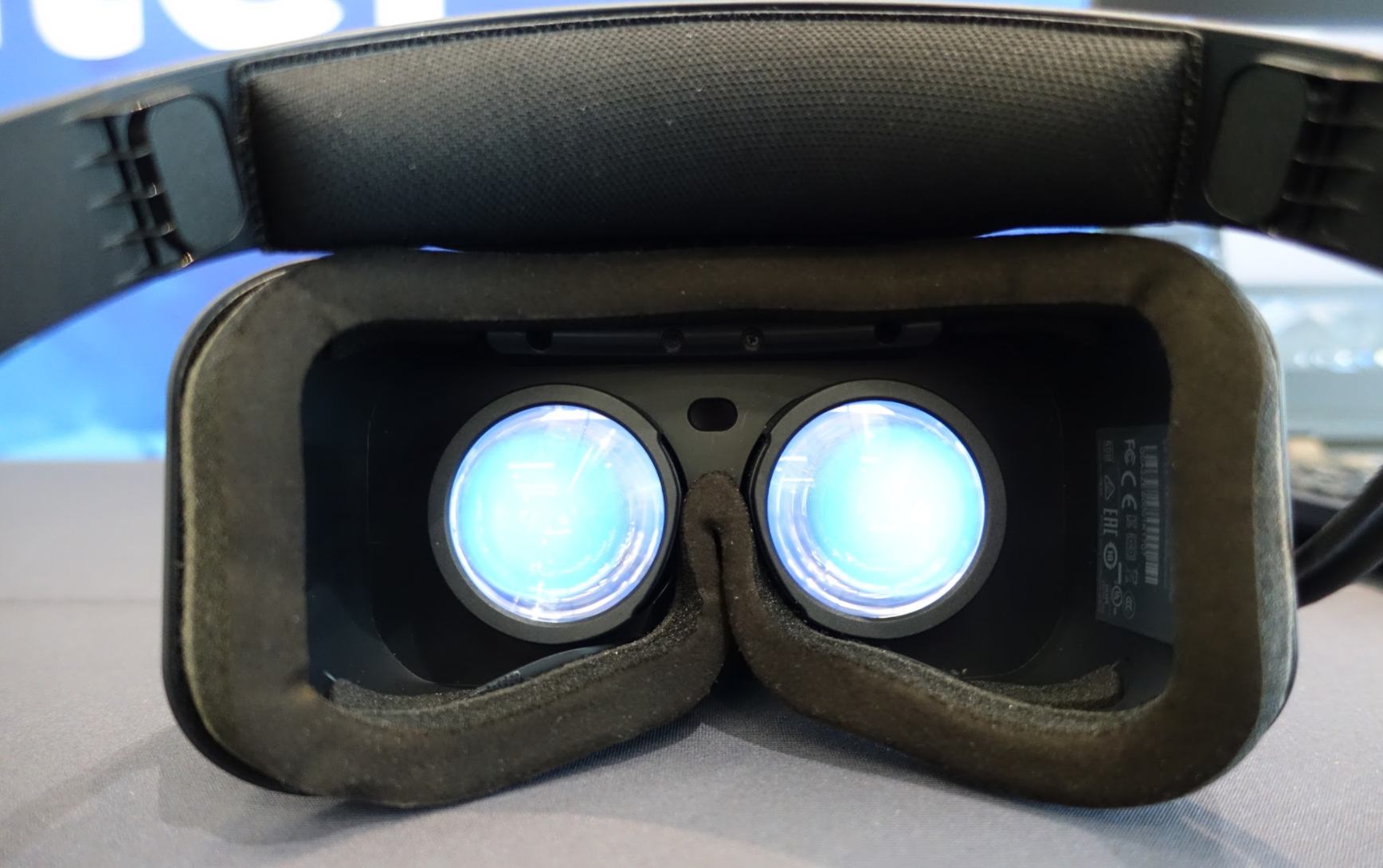The Yoga 920, Yoga 720 and Miix 520: Hands On with Lenovo’s Latest Laptops
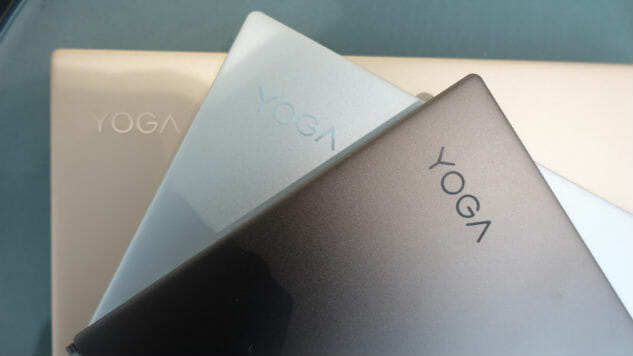
Lenovo is refreshing its convertible and detachable PCs for the holiday, bringing notable upgrades like Intel’s recently announced next generation quad-core 8th Generation Core i7 processors, which brings up to a whopping 30 percent speed improvement over the current 7th Generation Kaby Lake processors. The models Lenovo announced include the Yoga 920, a favorite among consumers with its unique watchband-style convertible hinge design, a mid-range Yoga 720 and the detachable-class IdeaPad Miix 520. Lenovo’s also announcing a unique speaker dock to its Yoga Tab 4 that gives its Android tablet Amazon Echo capabilities and a new Lenovo Explorer virtual reality glasses.
While performance users will appreciate support for faster processors—quad-core is a new addition to the Yoga lineup as previous models use dual-core Core i7 processors— consumers will like appreciate some of the new hardware enhancements, including support for Dolby Atmos speakers to deliver realistic virtual surround sound experiences. Atmos was previously limited to Huawei’s MateBook X, and it looks like that launch partnership is short-lived as the technology—Dolby’s software tuning and hardware speaker design—will also be coming to Lenovo’s flagship Yoga 920.
The most exciting upgrade this year on Lenovo’s consumer refresh is support for Cortana Wake on, a feature that Microsoft demoed earlier in the year. With Wake on support, you can summon Cortana when your Yoga or Miix is in sleep mode, and Cortana will wake up to answer your query. This instant-on from wake feature allows Windows 10 to be more competitive with Android and iOS smartphones in the virtual assistant department. The hope is that you’ll use Cortana more often as you no longer need to leave your PC on all the time to use the digital assistant.
To support Cortana Wake on, the Yoga 920, Yoga 720 and Miix 520 this year come with far field microphone array, leveraging four microphones for better voice recognition. This allows Cortana to be summoned by voice from sleep on the Yoga or Miix from up to four meters—roughly 12 feet—away in a room, Lenovo representatives told me during a meeting in San Francisco ahead of these devices’ debut in Berlin for the IFA trade show.
Yoga 920
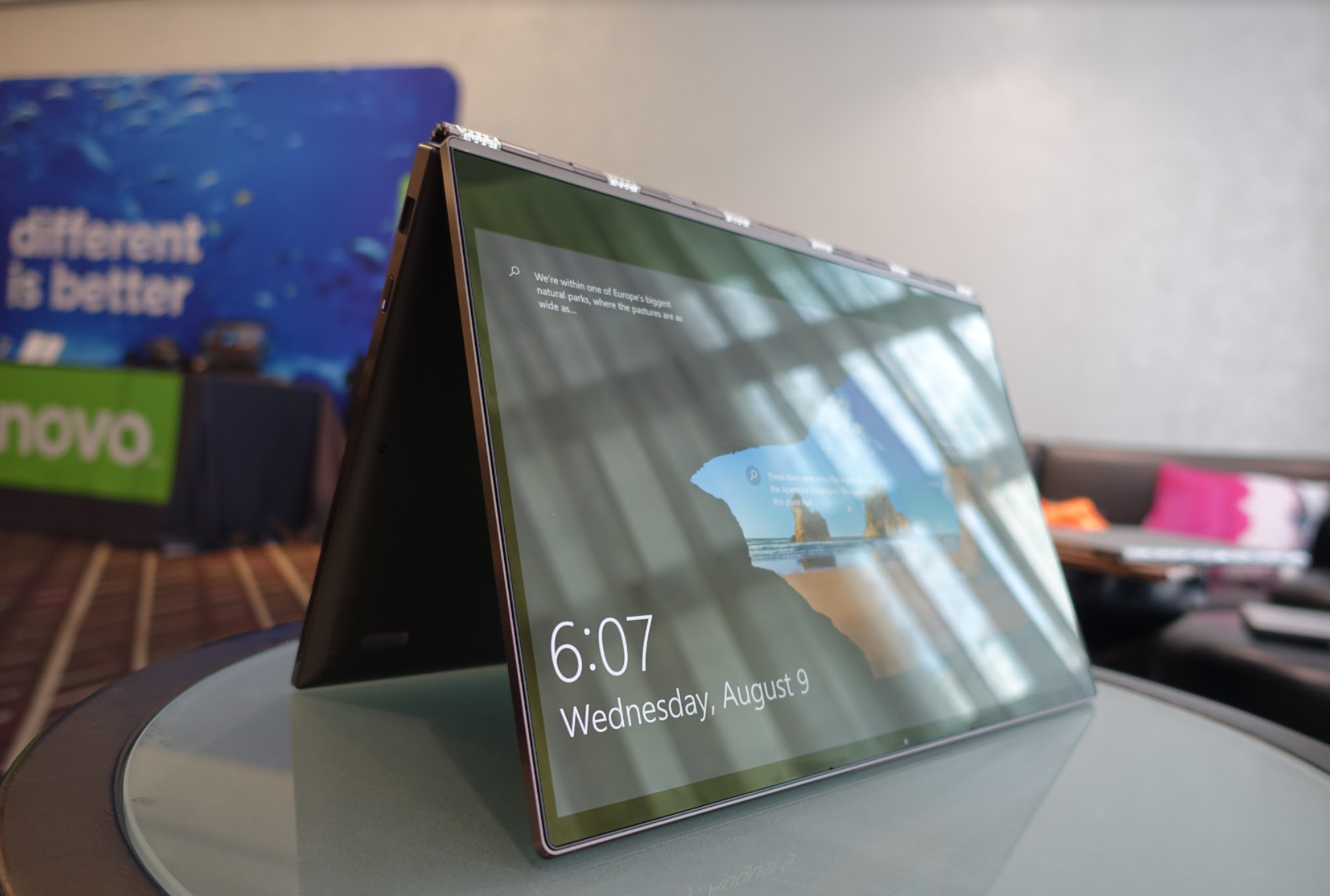
The Yoga 900 series is Lenovo’s flagship convertible, allowing you to rotate the screen 360-degrees to convert the slim Ultrabook into a tablet. It’s a competitor to HP’s Spectre x360 line, and this year’s Yoga 920 benefits from under-the-hood upgrades.
Specs for the device include up to an 8th Generation Intel quad-core Core i7 processor, up to 16GB DDR4 RAM and up to a 1TB SSD. Like last year’s model, the Yoga 920 comes in either a 13.9-inch FHD or 4K IPS touch configurations, with the 4K coming with a stated 10.8-hour of battery life. The FHD benefits from an even longer 15.5 hours of battery.
Lenovo made some slight changes to the appearance of the Yoga 920 this year. The webcam has been moved from the bottom of the screen—a placement common to Dell’s laptop—in favor of a top placement. This means that like the competing HP Spectre x360, you won’t get the effect of invisible bezels around the top and side screen edges, but the slight increase in bezel at the top makes for a more natural angle for video calls on the web. It’s a worthy compromise if you plan on using the device for the webcam, which has a 720p HD resolution.

Another upgrade is that the two USB Type-C ports also support Thunderbolt 3, so you’ll benefit from faster data transfer speeds and compatibility with graphics dock, should you need more GPU power when sitting at your desk. There’s also a USB 3.0 port as well as an audio jack.
-

-

-

-

-

-

-

-

-

-

-

-

-

-

-

-

-

-

-

-

-

-

-

-

-

-

-

-

-

-

-

-

-

-

-

-

-

-

-

-

